Backpacking the Arizona Trail: Passages 32, Elden Mountain, and 31, Walnut Canyon
AZT Day 25
Trans-Arizona/Utah Hike Day 32
In the land of Arizona
Through desert heat or snow
Winds a trail for folks to follow
From Utah to Old Mexico
It’s the Arizona Trail
A pathway through the great Southwest
A diverse track through wood and stone
Your spirit it will test
Oh, sure you’ll sweat and blister
You’ll feel the miles every day
You’ll shiver at the loneliness
Your feet and seat will pay
But you’ll see moonlight on the borderlands
You’ll see stars on the Mogollon
You’ll feel the warmth of winter sun
And be thrilled straight through to bone
The aches and pains will fade away
You’ll feel renewed and whole
You’ll never be the same again
With Arizona in your soul
Along the Arizona Trail
A reverence and peace you’ll know
Through deserts, canyons, and mountains
From Utah to Old Mexico
-“The Arizona Trail,” Dale R. Shewalter
After yesterday’s hike through Schultz Pass and past Mt Elden to Picture Canyon, I enjoy spending the night at the excellent Grand Canyon International Hostel, I indulge in an excellent breakfast at Tourist House (excellent breakfast burritos) and the Old Towne Creperie in Flagstaff. Delicious, all. One of the truly enjoyable things about thruhiking, indulging a bit with the knowledge that you’ll burn off the calories pretty quick on the trail.
Picture Canyon Preserve
I catch an Uber back to Picture Canyon around midday and hike and wander around the loop through the Preserve before rejoining the Arizona Trail. There are some great archeological sites as well as many petroglyphs throughout the area; Flagstaff’s only waterfall, on the Rio de Flag; and a historic railroad trestle.
The signage in the area is great, helping to understand this historic site. The Waterbird petroglyphs feature numerous symbols, including a bird-shaped one commonly referred to as “waterbird,” but which could be a crane or great blue heron, which may have been more common when the petroglyph creators, the Northern Sinaqua, lived in the region. It remains a clan symbol for their descendants, the Hopi and Zuni.
Zig zag petroglyphs are believed to represent lightning by Hopi and Zuni; other tribes believe them to possibly be water-related. Some interpret them as mountains.
Images of the sun and moon have many variations but may represent specific celestial events. They may also suggest the presence of the Yavapai, the People of the Sun.
Human shaped figures have various interpretations as well. One specific case is detailed in the photos below. Some appear to have tails, which according to the signage the Zuni believe represents their emergence from the underworld.
Four legged animals resemble bighorn sheep and may represent animal migrations, while spiral images have a variety of interpretations, including migration routes, water hole locations, coiled snakes, or whirlwinds. Some interpret them to symbolize and represent the path of the sun. The only relative certainty is that they represent some kind of motion.
Simple linear figures, likewise, can represent many different things – streams, maps, migration routes, and are simultaneously the figures hardest to interpret and those that provide the most room for imagination in interpretation.

Picture Canyon Preserve

Picture Canyon Preserve
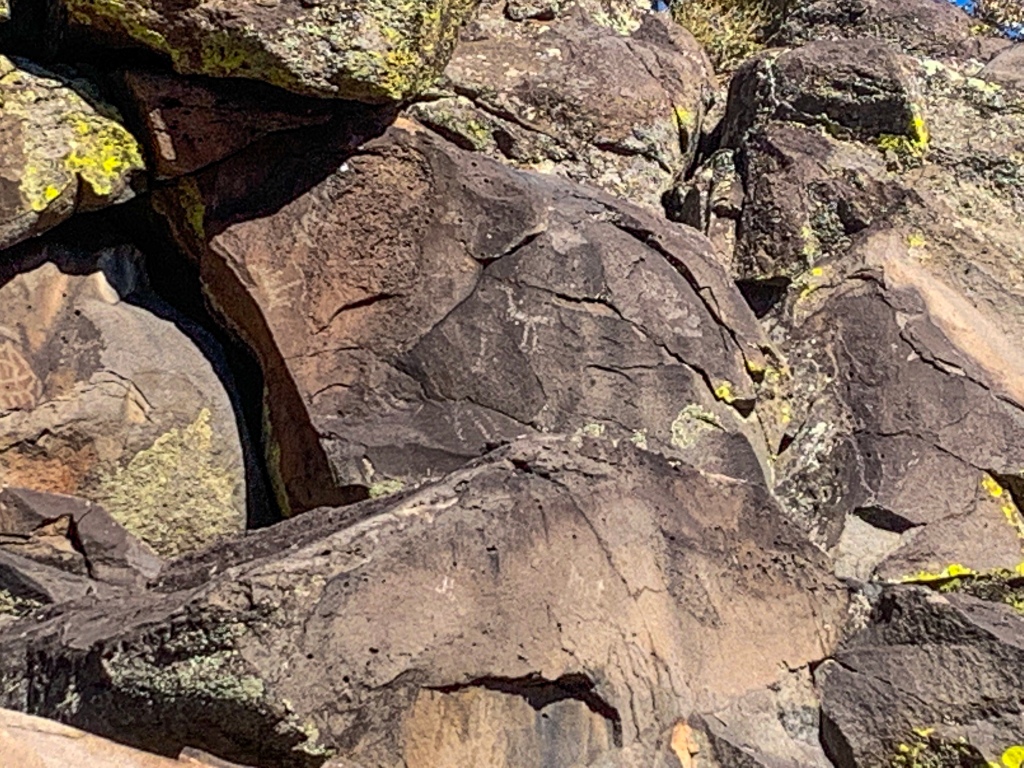
Picture Canyon Preserve

Picture Canyon Preserve
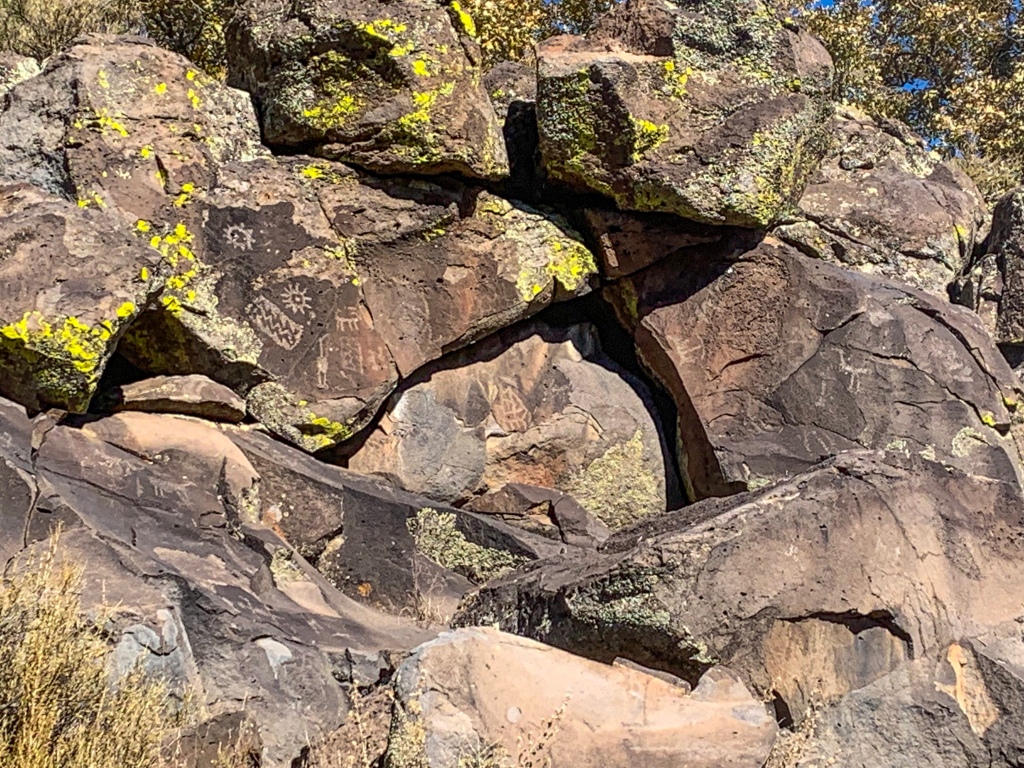
Picture Canyon Preserve

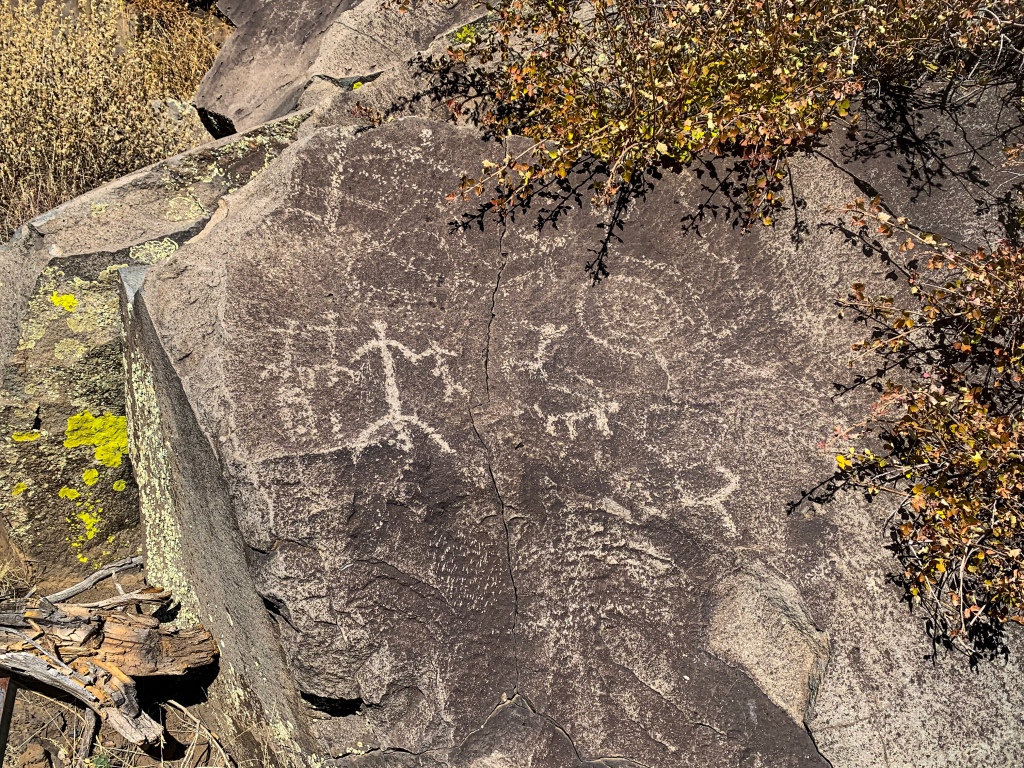
Picture Canyon Preserve

Picture Canyon Preserve
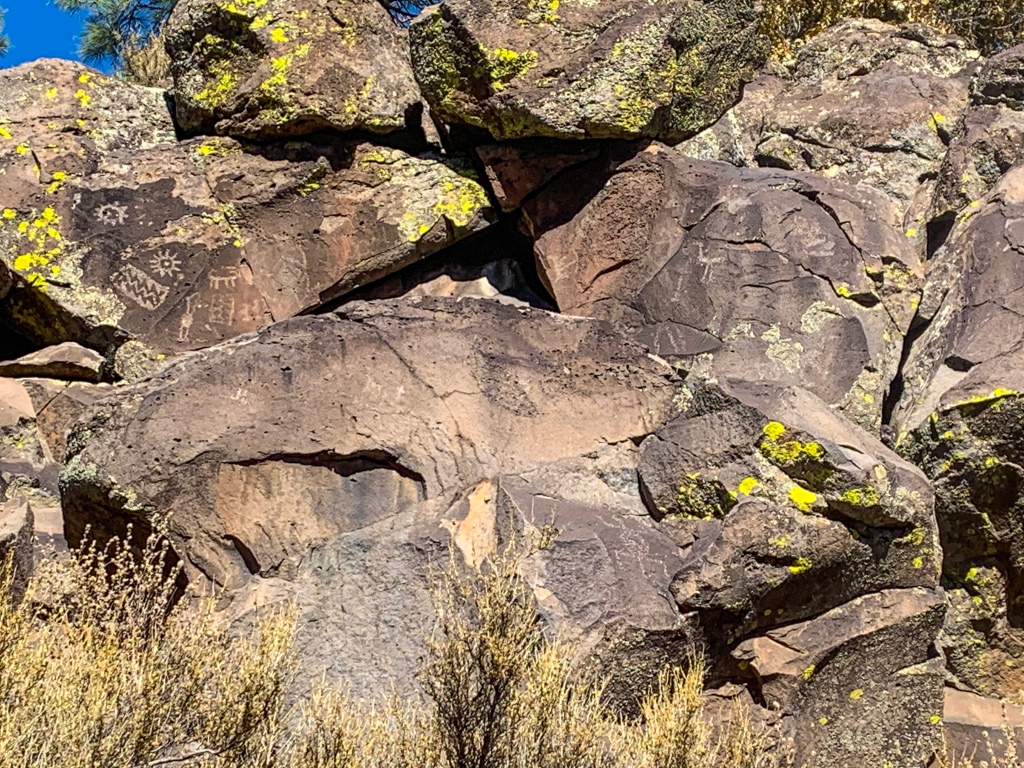
Picture Canyon Preserve
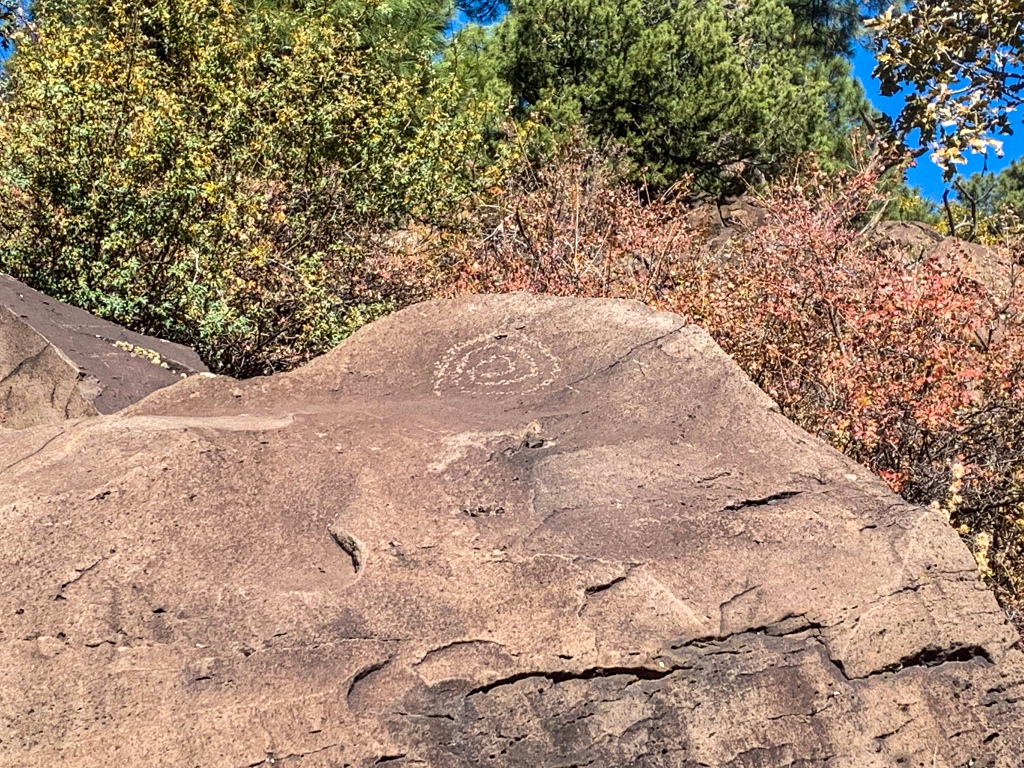
Picture Canyon Preserve

Picture Canyon Preserve
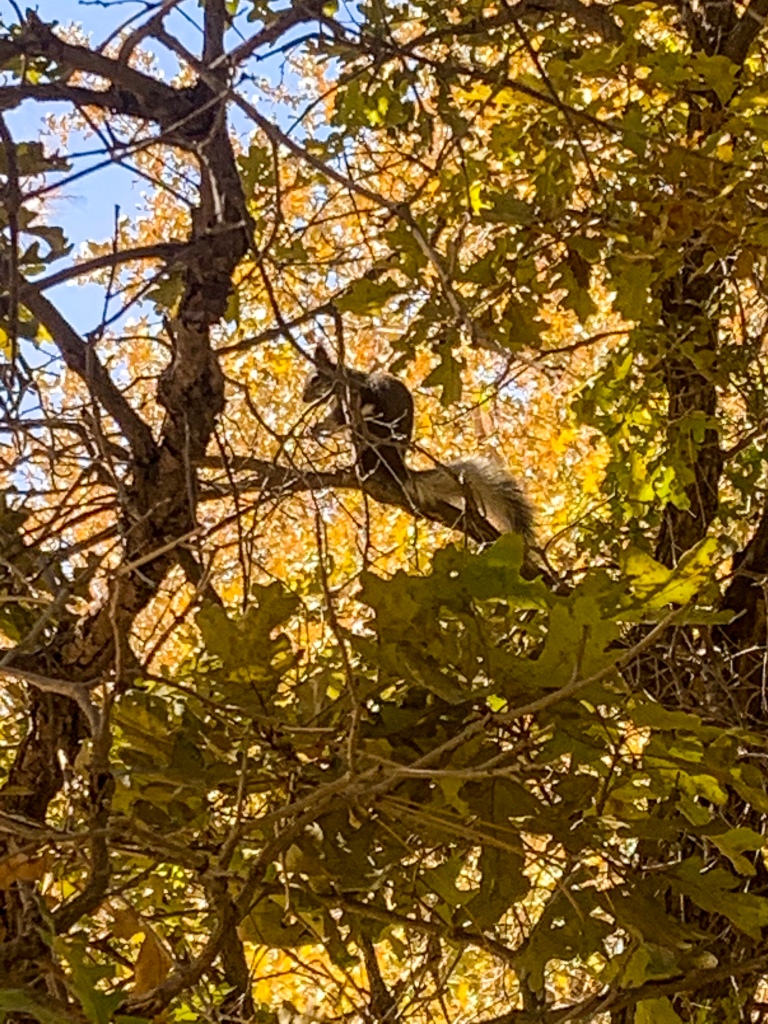

Picture Canyon Preserve
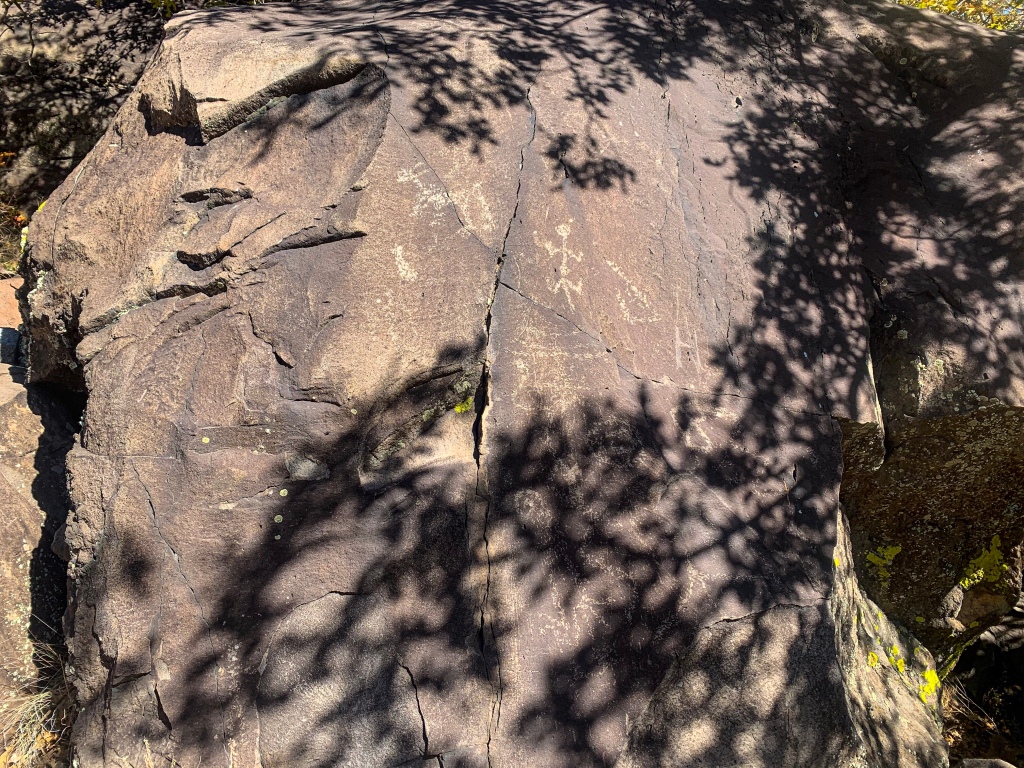
Picture Canyon Preserve
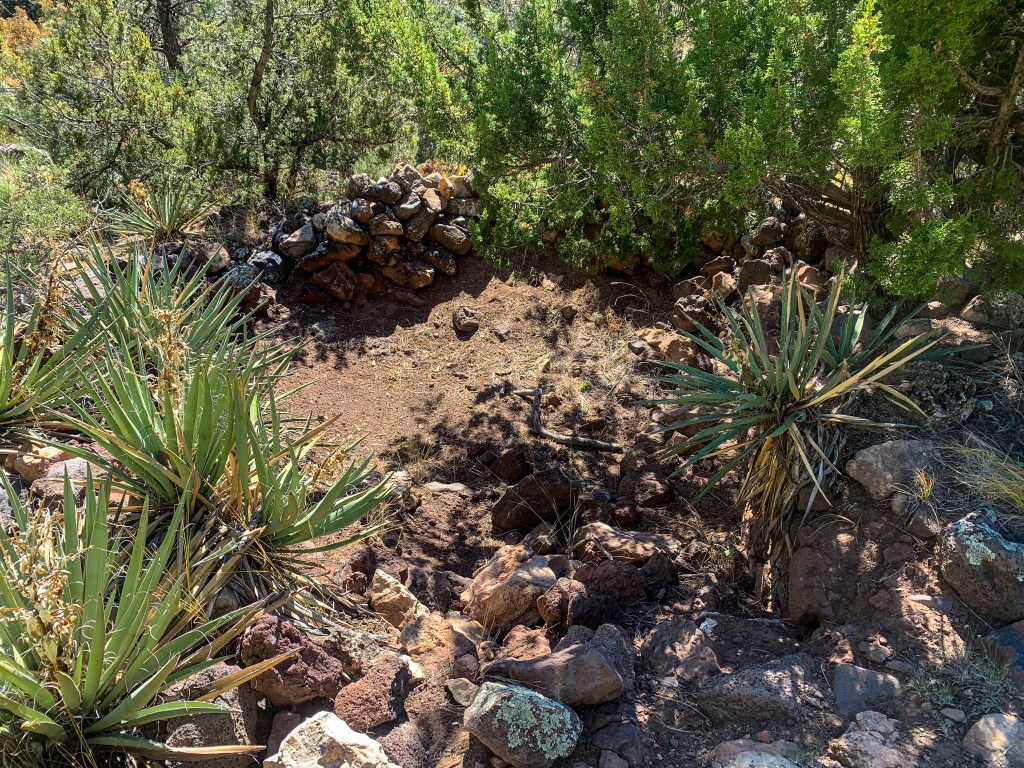
Picture Canyon Preserve

Don Weaver Trail
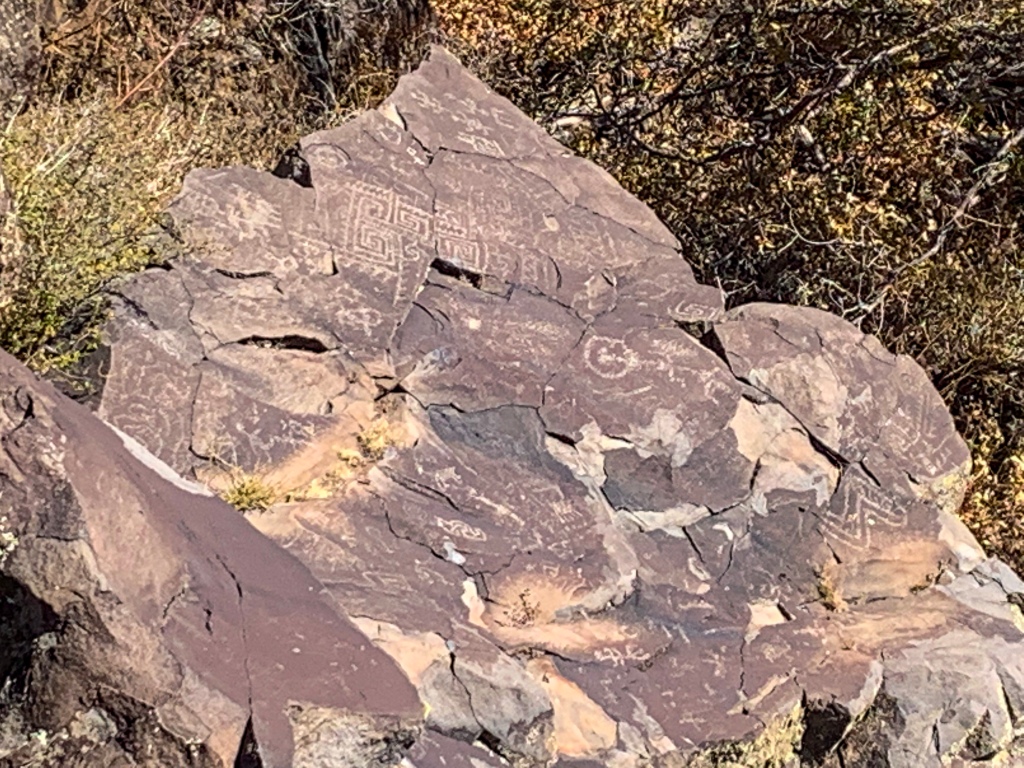
Don Weaver Trail
Picture Canyon Preserve
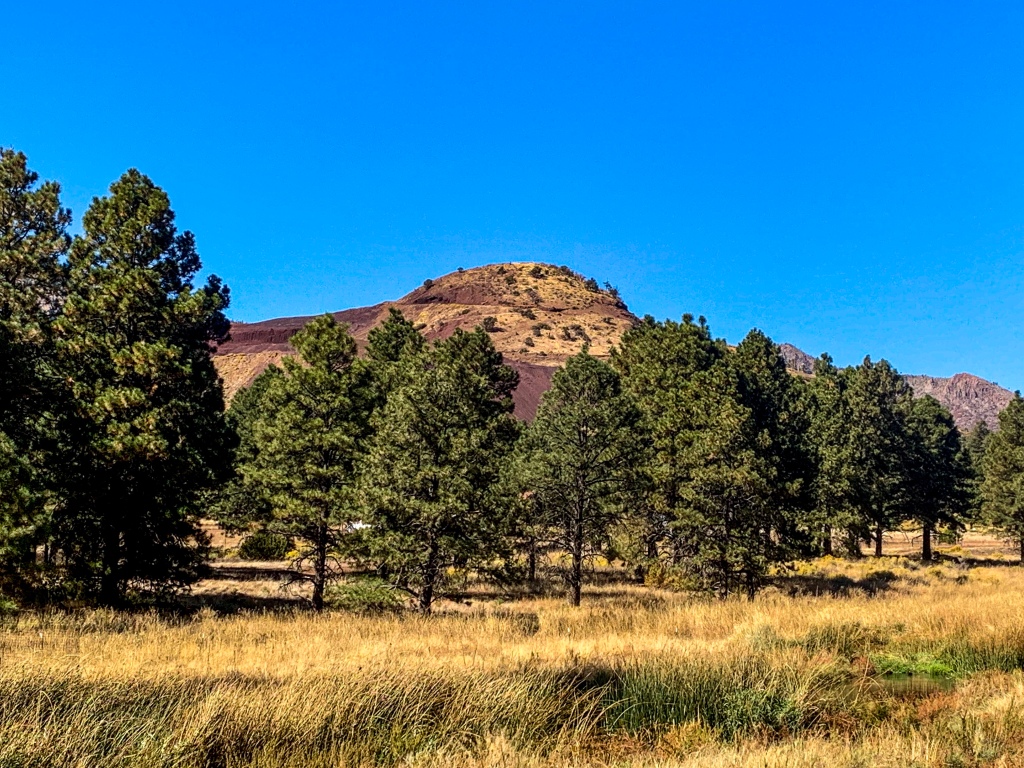
Picture Canyon Preserve
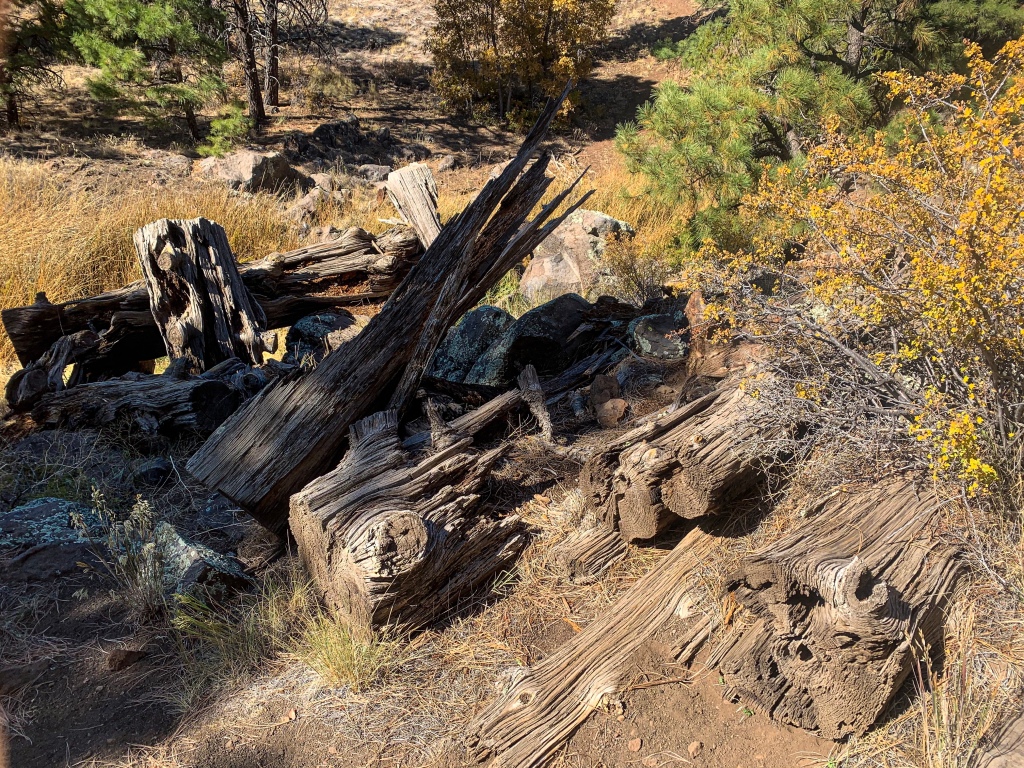
Picture Canyon Preserve

Picture Canyon Preserve
Arizona Trail: Picture Canyon to I-40
Continuing east on the AZT, the pines drop away completely and pinyon/juniper replaces them. Train after train passes, then the trail takes a hard right and passes under the BNSF tracks and then I-40, concluding passage 32 and starting Passage 31.
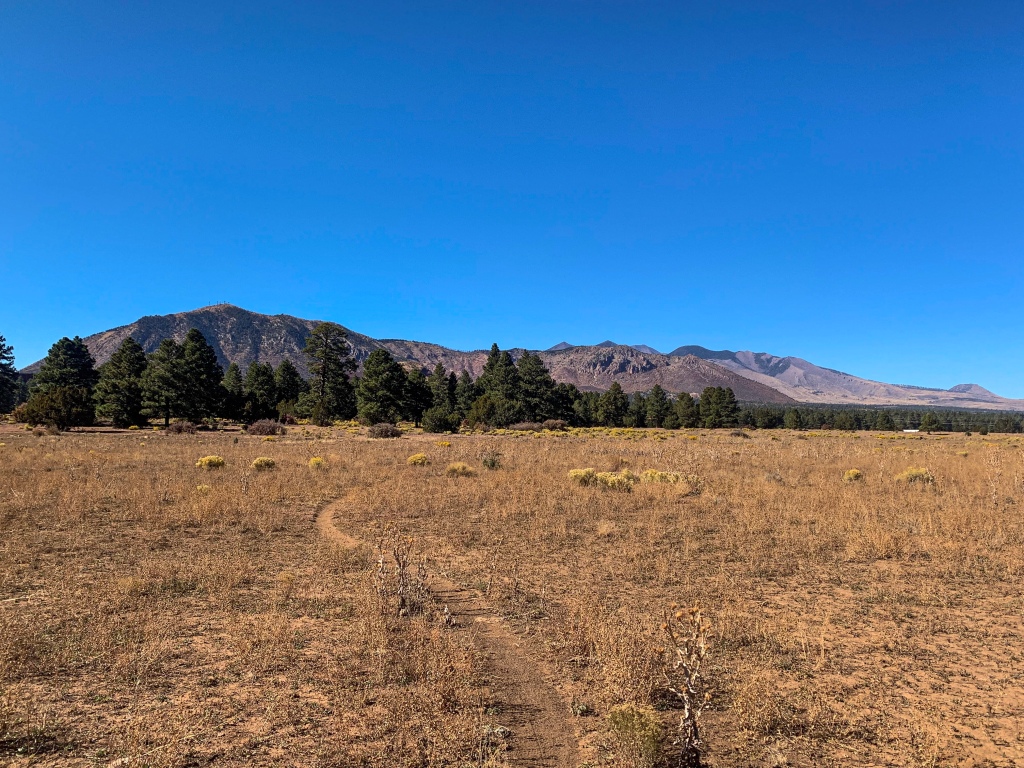
AZT Passage 32, Elden Mountain
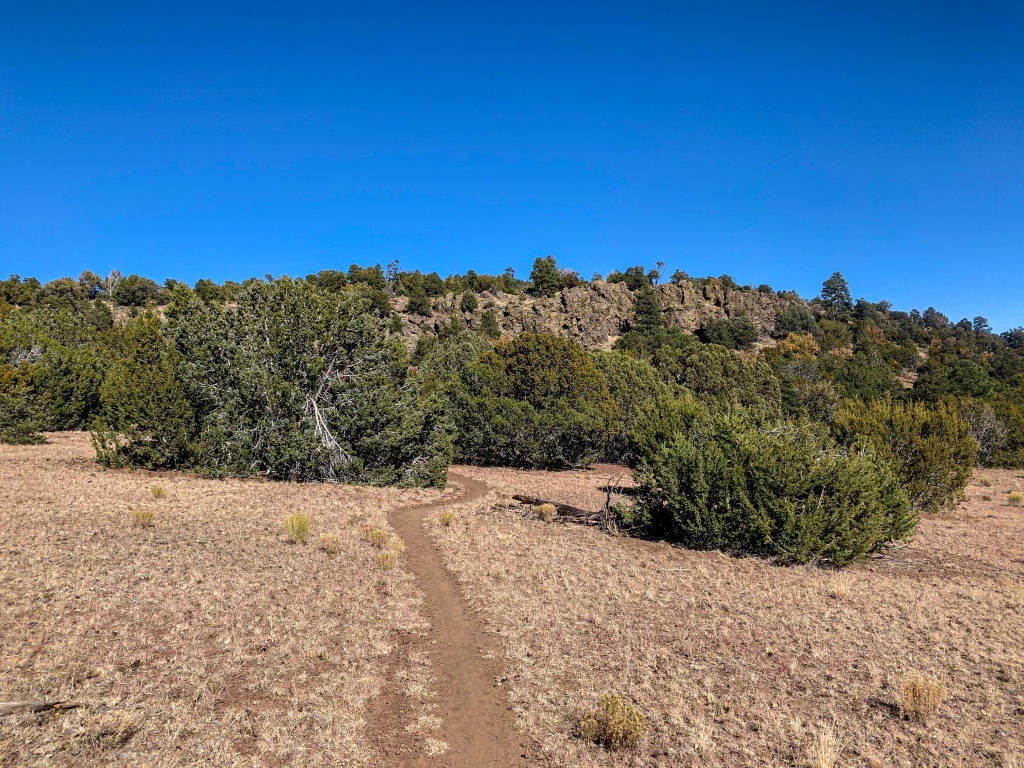
Arizona Trail, Passage 32 (Elden Mountain)
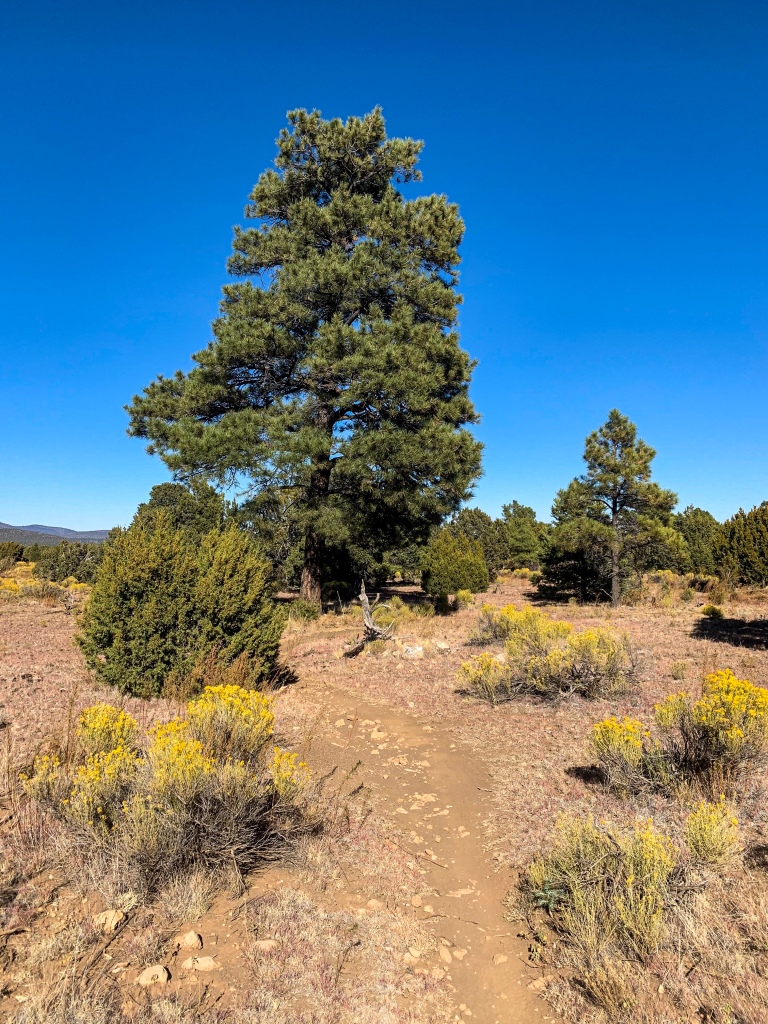
Arizona Trail Passage 32 (Elden Mountain)
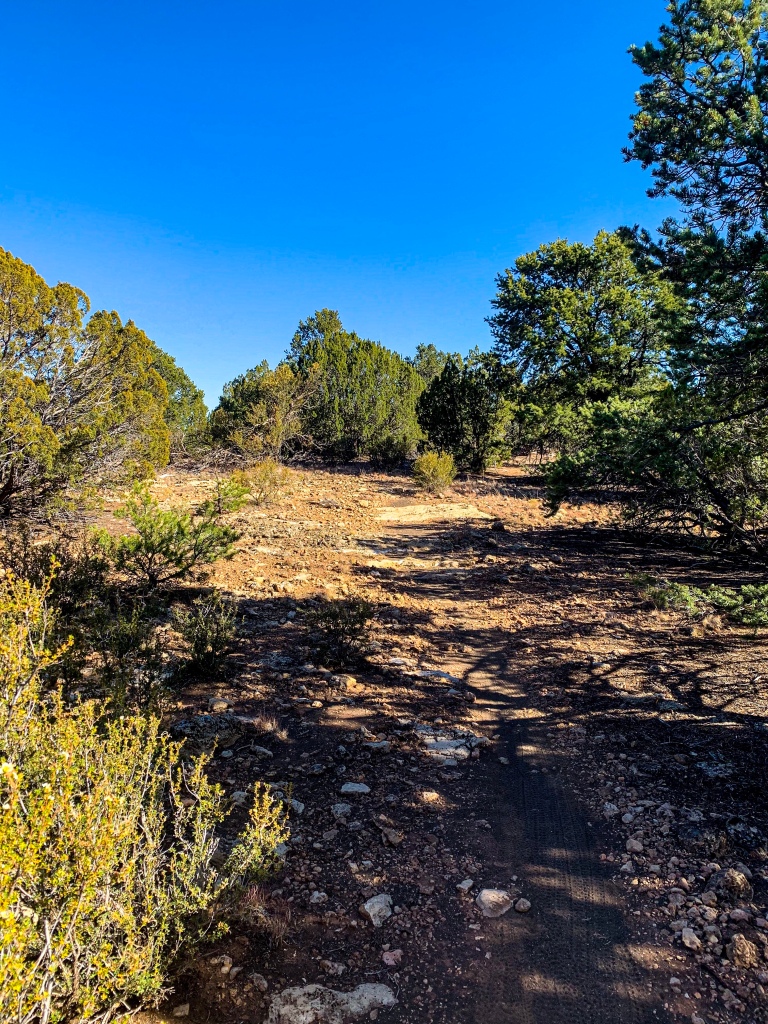
Arizona Trail, Passage 32 (Elden Mountain)
Arizona Trail: I-40 to Walnut Canyon

Passage 31 (Walnut Canyon)
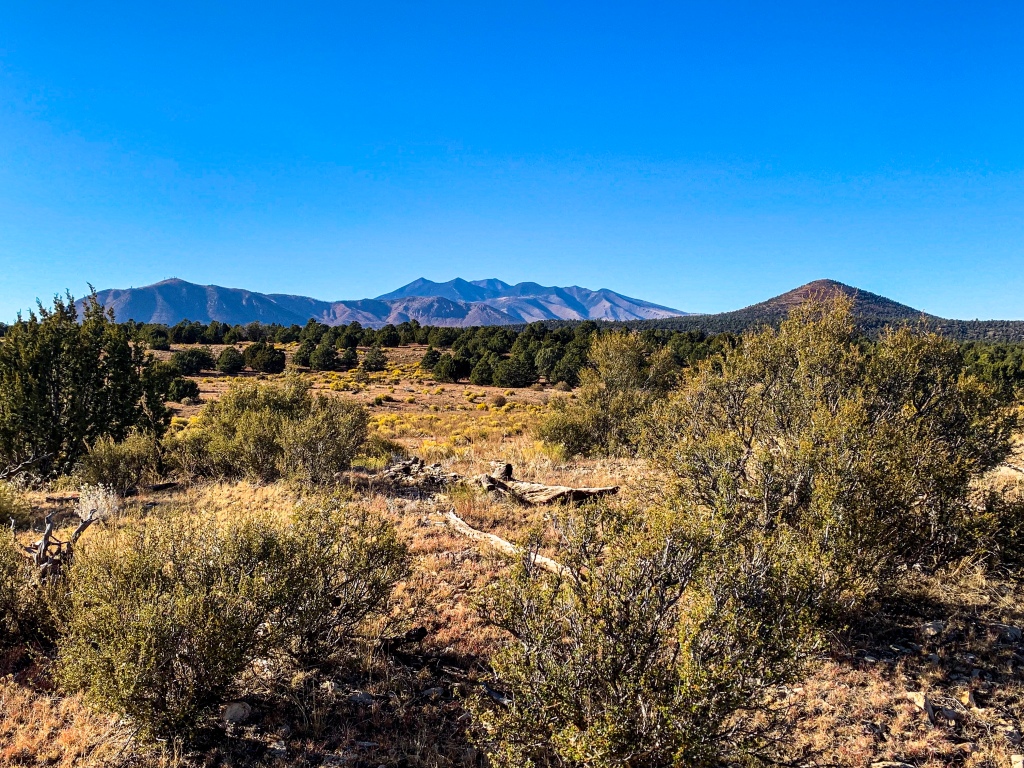
Arizona Trail, Passage 31 (Walnut Canyon)
I barely miss the time cutoff for Walnut Canyon National Monument, so I’ll have to camp in the vicinity and hit that in the AM. The trail crosses the entrance road, entering passage 30 and then begins to ascend into pines again, and the late afternoon light on the changing oaks and pines is gorgeous. I make camp near the Old Walnut Canyon Rd and opt to stay here for the night. Going to have to push my second full resupply/zero day in Flag to Tuesday instead of Monday.

Arizona Trail, Passage 31 (Walnut Canyon)

Arizona Trail, Passage 31 (Walnut Canyon)

Arizona Trail, Passage 31 (Walnut Canyon)
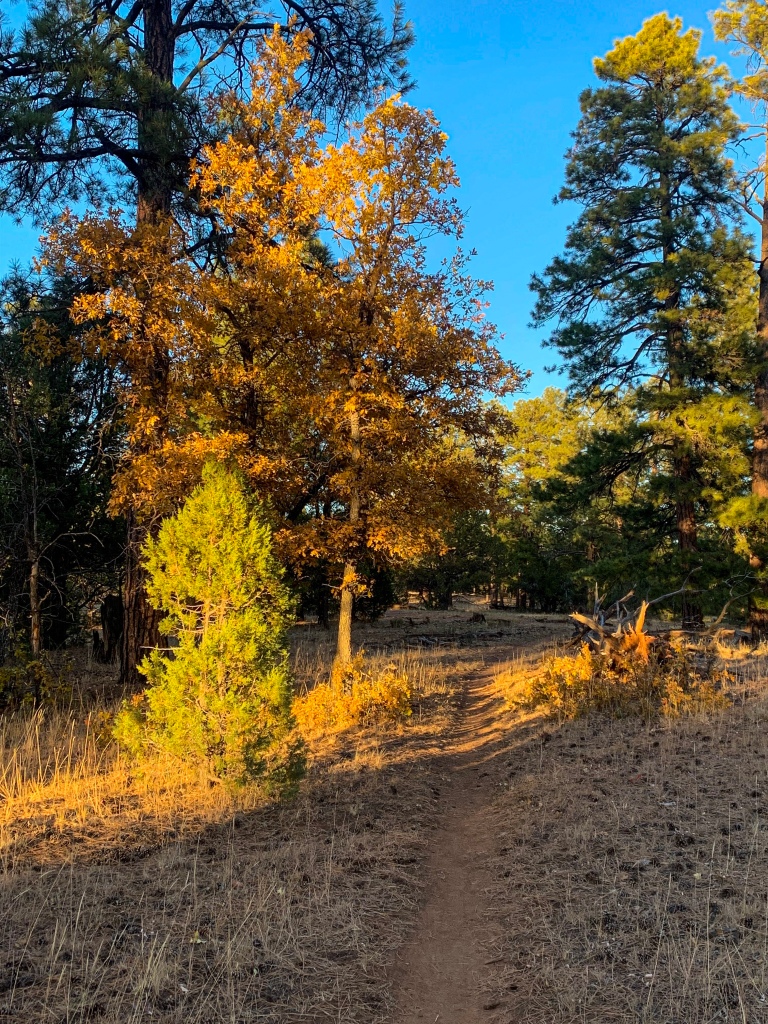
Arizona Trail, Passage 31 (Walnut Canyon)
Passage Logistics and Ecology
| Passage 32 (Elden Mountain) | |
| Trail Surface | Dirt singletrack |
| Length (Mi) | 13.7 |
| Season | Spring-Fall. Snow can be significant in winter. |
| Potential Water Sources | Schultz Tank (590.3 NOBO, 198.5 SOBO) Little Elden Horse camp (587.8 NOBO, 200.9 SOBO) Flagstaff East (583.7 NOBO, 205 SOBO) |
| Trailheads | North: Schultz Pass South: I-40 (Cosnino Road Exit) |
| Trailhead Access | North: Vehicular access via gravel road South: Foot/bike access. Vehicular access to Painted Canyon or Walnut Canyon near south terminus of passage. |
| Wilderness | No |
| Possible resupply points | Flagstaff East Flagstaff |
| ATA-Rated Difficulty | Moderate (south end is easier) |
| Potential campsites (mileages S to N) | Best on east side of Schultz Pass, outside of Painted Canyon. Can also easily use Flagstaff as a base and shuttle in and out of town. |
| Ecosystems Traversed | Rocky Mountain Montane Conifer Woodland |
| Major Features of Interest | Schultz Pass Picture Canyon |
| Pet Friendly? | Yes |
| Bike Friendly? | Yes |
| Rocky Mountain Montane Conifer Woodland | |
| Common Trees/Shrubs | * Ponderosa Pine * Southwestern white pine * Subalpine fir * White fir * Rocky Mountain maple * Bigtooth maple * Grey alder * Red birch * Red osier dogwood * Cliffbush * Mallow ninebark * New Mexican locust * huckleberry * bilberries |
| Common herbaceous plants | * fringed brome * Geyer’s sedge/elk sedge * Ross’ sedge * Bronze sedge/dry land sedge/hillside sedge/hay sedge/Fernald’s hay sedge * screwleaf muhly * bluebunch wheatgrass * Spruce-fir fleabane * wild strawberry/Virginia strawberry * Small-flowered woodrush * mountain sweet Cicely * bittercress ragwort * western meadow-rue * Fendler’s meadow-rue |
| Common succulents |
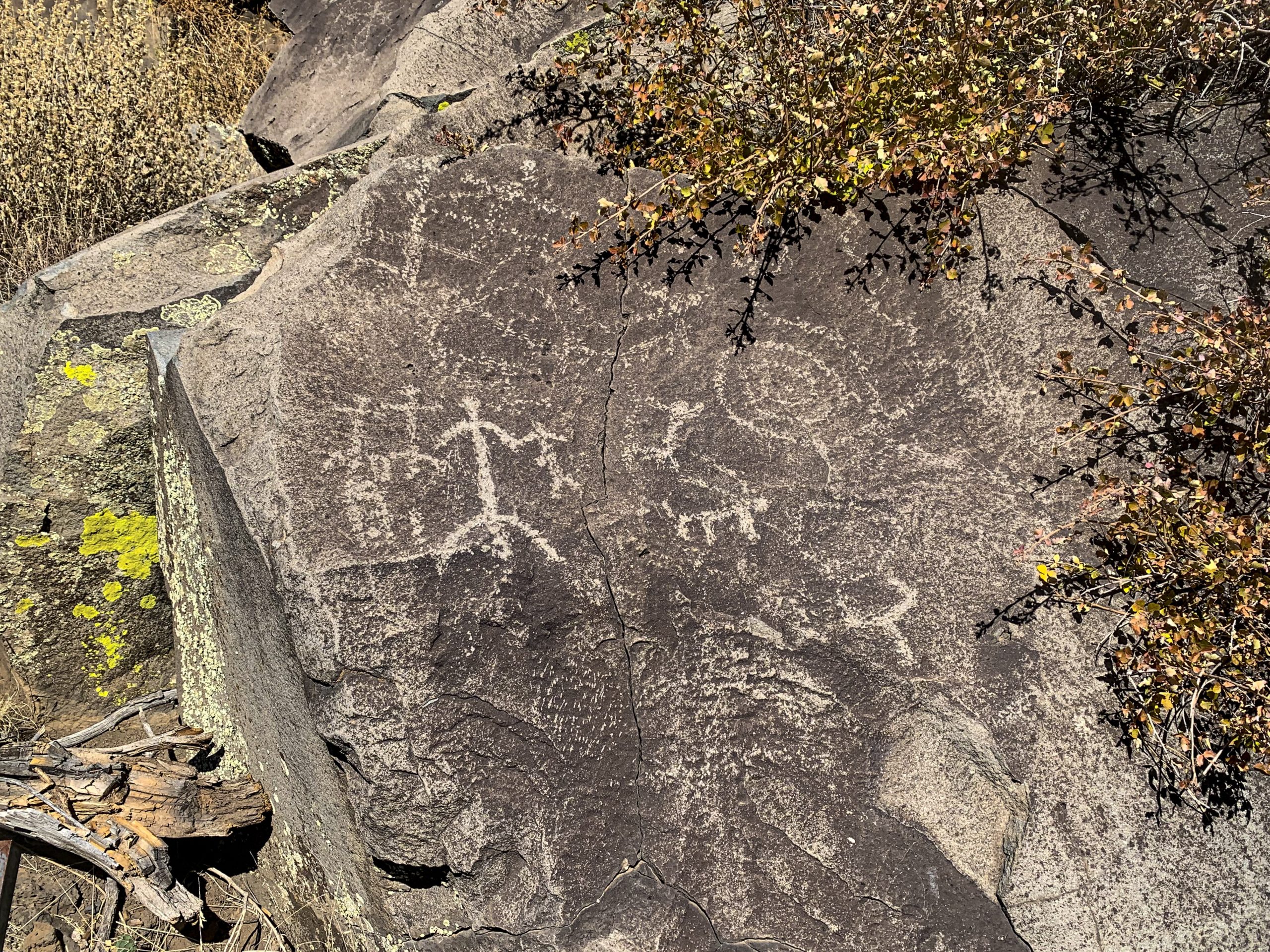
Gretty
Oh, wow, Chris! I’m looking forward to savoring your AZT blog. Thank you for the beautiful highlights! Can’t wait to see this section in October. Happy trails. – Gretty, your unlikely RVing friend.